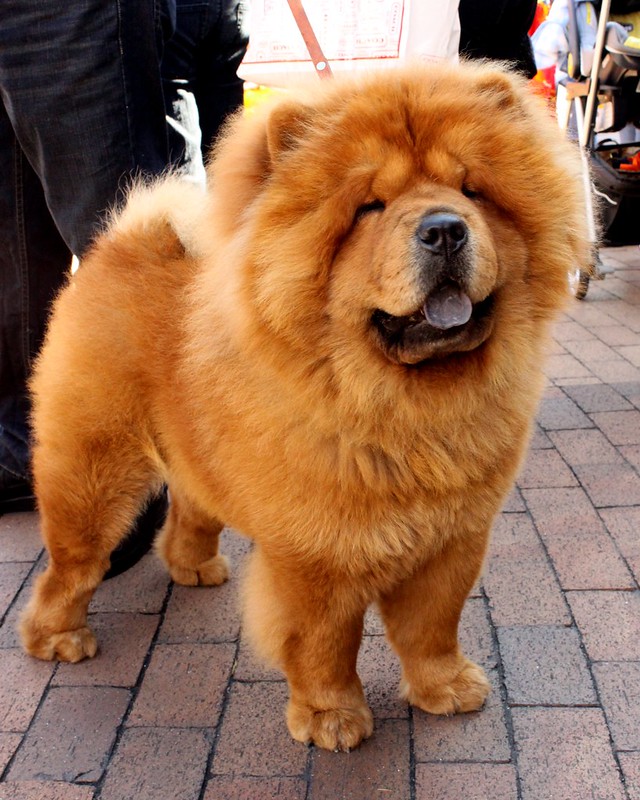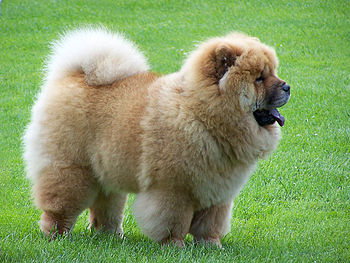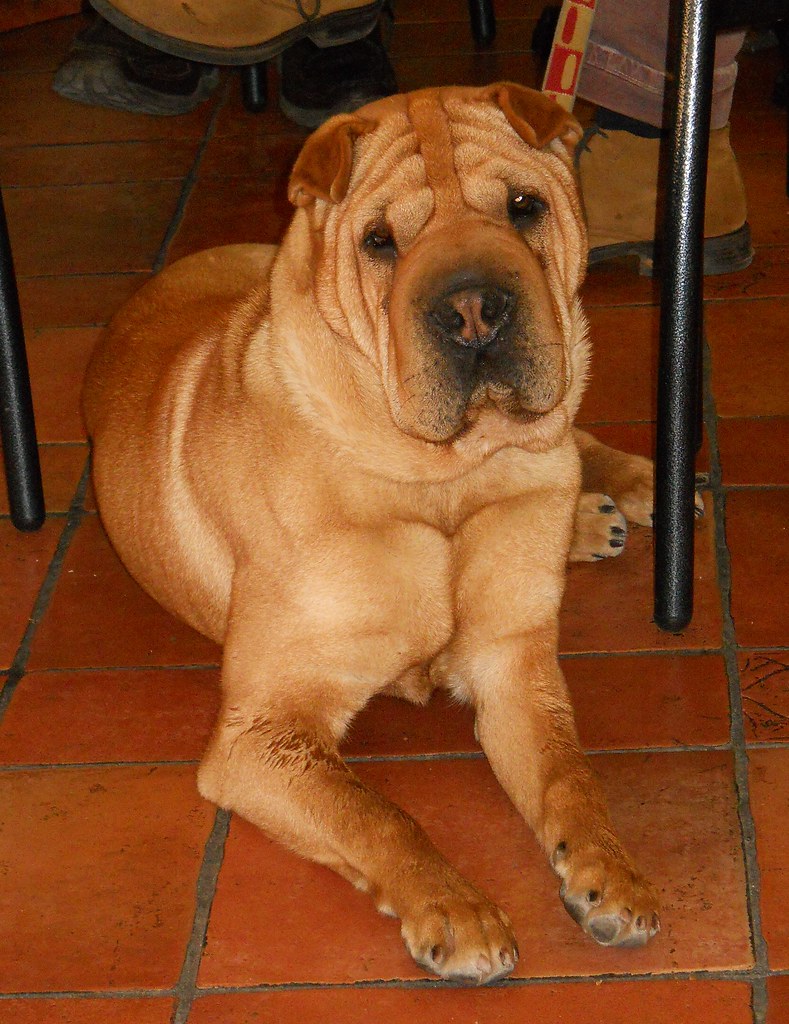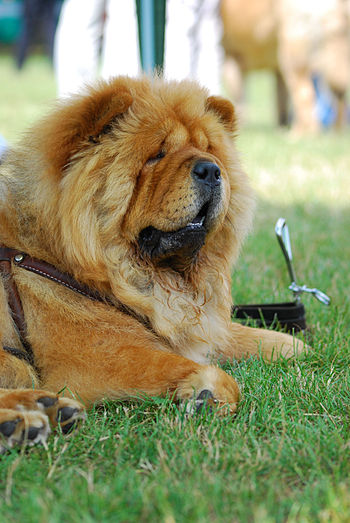(Original Title: CHOW CHOW Dog Breed Profile Information)
 |
| Photo by Prayitno |
Description:
The Chow Chow is most recognizable for its full, bear-like coat. This breed is medium-large with a height range of 18 to 22 inches and weights between 45 and 70 pounds. The double coat of the Chow Chow is extremely dense and is found in smooth and rough varieties. There is a such an abundance of neck hair that it forms a noticeable ruff. The Chow Chow's tail is carried curled up over the back and is held close to the body. The tongue of this dog is blue, usually with a black underside. The coat is always a solid color, with red, black, cream, and blue being among the most common colors. This breed can live for up to 15 years.
History:
The Chow Chow developed in China, in the Mongolian region and is believed to be a very ancient breed of dog. This dog was a multi-purpose dog in the region of its origin and was used for hunting, drawing sleds, and as food. This breed was referred to by different names in China, and the name it now bears was bestowed on it by English sea captains, who brought the dog with them to England. General cargo was called "chow chow" and the name transferred onto the dog. Some believe the name also means food.
Temperament:
Known for a sometimes aloof manner, the Chow Chow is nevertheless a dog that will bond strongly with one person. This dog will get along well with children, but older children are best here. Socialization with other pets and people is important with this breed and training should begin while the dog is young. Although this dog breed has something of a reputation for aggression, this is mostly a result of poor breeding practices. The owner of this breed should exhibit authority so that the dog does not attempt to be the 'leader of the pack'.
Health Issues:
The Chow Chow is a fairly healthy breed but can be subject to various ailments. Hip and elbow dysplasia are found in this dog and it can also suffer from entropion. This dog can also develop bloat and if it does so, must be taken to the veterinarian immediately for treatment. Several small meals and a quiet time after eating can help prevent this serious condition. This breed, because of its relatively short muzzle will often snore.
Grooming:
Regardless of whether a Chow Chow is going to be used as a family pet or as a show dog, it needs a great deal of daily grooming. This dog's coat is much too thick and long to allow to go without brushing every day. This dog breed will experience a heavy shed twice a year and will need extra attention at this time.
Living Conditions:
The Chow Chow is a fairly quiet dog inside and will do well for apartment living if given a walk every day. As this dog has a somewhat reserved character, it does not mind living outside as long as it receives some attention every day from the person with whom it has bonded. The thick coat enables this dog to live outside even in winter.
For more information on the Chow Chow Dog Breed, Dog Training and Teacup Puppies for sale including Yorkies, Chihuahuas and Morkies please visit our websites below. Teacup Puppies For Sale Article Source: EzineArticles |









